Painted turtles are some of the most widespread members of the turtle (Testudines) family in North America. Their name comes from the brightly colored markings on their extremities, which range from yellow, to orange, to red.
Despite their extremely wide distribution, there are just four different subspecies. There is a western subspecies, an eastern subspecies, a southern subspecies, and a midland subspecies. Read on to learn about the painted turtle.
Description of the Painted Turtle
Each subspecies of painted turtle has a slightly different appearance and coloration. The eastern subspecies has a dark, olive green colored, shell, with light spots of red on the underside of the top part of the shell.
The midland subspecies is similar to the eastern, but with a darker colored blotch on the underside of the turtle. The southern subspecies is the smallest, with a red stripe down the length of its shell. The western subspecies is easily distinguished by the bright red pattern across much of the underside of its shell.
Interesting Facts About the Painted Turtle
These widespread turtles are beautifully marked, and incredibly common. Learn more about this species, and other special adaptations of turtles, below!
- Top Shelf – The top half of a turtle’s shell is called the “carapace.” They do not shed their carapace, and cannot be removed from it. The carapace grows with the turtle, and their backbone is actually fuses with the shell.
- Bottom Shelf – The lower half of a turtle’s shell is called the “plastron.” Some members of the Testudines family have a hinge in the plastron, which allows the turtle to “close” the shell when they withdraw inside it.
- Multi-Basking – It is not uncommon to see these aquatic turtles hauled out onto a log basking in the sun. This behavior not only helps warm the turtles up, but also allows them to get rid of any leeches they may have picked up while in the water. Leeches don’t particularly enjoy being cooked in the sun!
- Cold Living – With such a wide distribution, there are plenty of areas in this turtle’s range that get extremely cold. What do these reptiles do when things start to freeze over? They swim to the muddy bottom of the pond and dig a burrow. They can hibernate without oxygen for months before temperatures rise enough to emerge again.
Habitat of the Painted Turtle
These turtles are found in a wide variety of habitats across North America. The ideal location for them to live is a fresh body of water with a soft, muddy bottom. They also need plenty of spots to crawl out of the water to bask in the sun, and lots of vegetation to attract suitable prey. They are commonly found in ponds, streams, lakes, rivers, and other slow-moving water sources.
Distribution of the Painted Turtle
Painted turtles are very widespread, and can be found across much of North America. They are found from southern Canada to Louisiana and parts of New Mexico. The different subspecies have some overlapping ranges, making identification difficult at times. The eastern subspecies is found from Nova Scotia to parts of Alabama.
The midland subspecies ranges from southern Quebec and Ontario to Northern Alabama. The southern subspecies is located from Tennessee to Alabama and Louisiana. The Western subspecies has a vast range, spreading from Wisconsin and Illinois to Washington and parts of Oregon. There are also pockets of populations in New Mexico, Texas, and northern Mexico.
Diet of the Painted Turtle
These reptiles hunt by flushing prey out of the underwater vegetation in lakes, rivers, and ponds. They will feed on dead fish, capture injured fish, and hunt for aquatic insects. They are also known to feed on aquatic vegetation, such as water lily seeds, duckweed, and algae. Different subspecies have different feeding habits. Some prefer aquatic vegetation while others eat more insects and carrion.
Painted Turtle and Human Interaction
Humans do have an impact on these turtles, but they are widespread and numerous enough that it typically doesn’t impact their population. Most conflicts cause harm to turtles, with habitat destruction and road kills being the most impactful. Thankfully, this species is able to easily adapt and can even live in man-made lakes and ponds, allowing it to continue thriving.
Domestication
Painted turtles are not domesticated in any way.
Does the Painted Turtle Make a Good Pet
Choosing a more common pet turtle, like a red-eared slider, is a better decision than a painted turtle. This species has not undergone any selective breeding, and handling can cause undue stress.
Painted Turtle Care
In a zoological setting, these turtles thrive when handling is minimal. Replicating their habitat is relatively easy, and enclosures with large water sources, plenty of spots to bask, and underwater vegetation, prove to be most successful. In basking areas they should be provided with light to allow for thermoregulation.
The more spacious the enclosure is, the better. They are quite active turtles and additional swimming space is always beneficial. A wide variety of food should be offered, with approximately 30% protein and low fat.
Behavior of the Painted Turtle
This species must spend much of its time basking in the sun, as they are cold blooded and require thermoregulation to survive. They will bask in large groups, though they are not outright social with one another. Their day is a cycle of basking to reheat themselves, foraging for food, and basking again when they get too cooled down. At night, they will sleep at the bottom of the lake or stream.
Reproduction of the Painted Turtle
Females choose a male based on his courtship behavior. After mating, the female can store the sperm and use it for multiple clutches of eggs throughout the year. She chooses a sandy spot close to the water, and digs a hole to lay her eggs in.
She will lay approximately 4 – 11 eggs at about 3 inches deep. It takes approximately 72 – 80 days for the eggs to hatch, and the hatchlings are fully self-sufficient at birth.

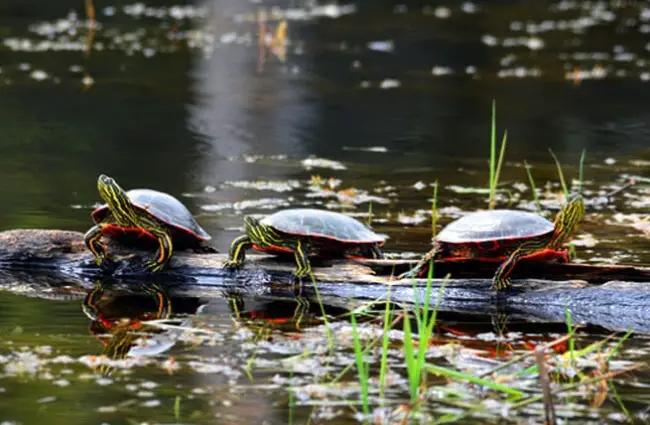
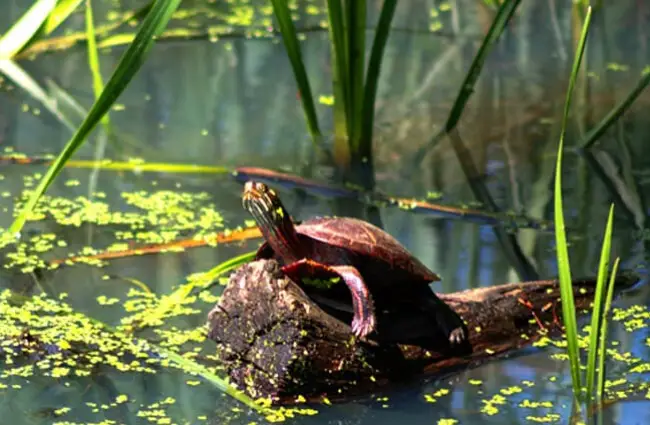

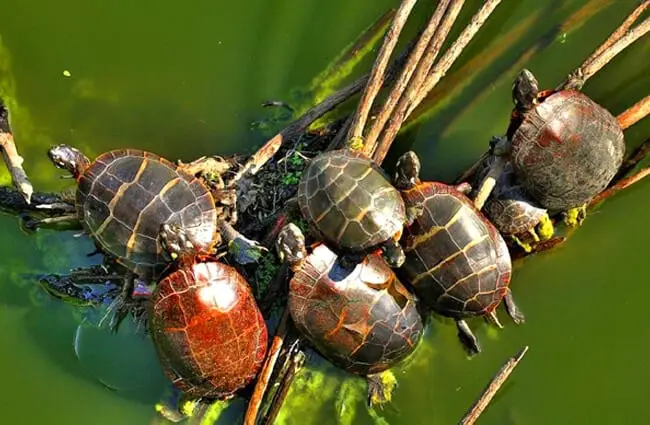
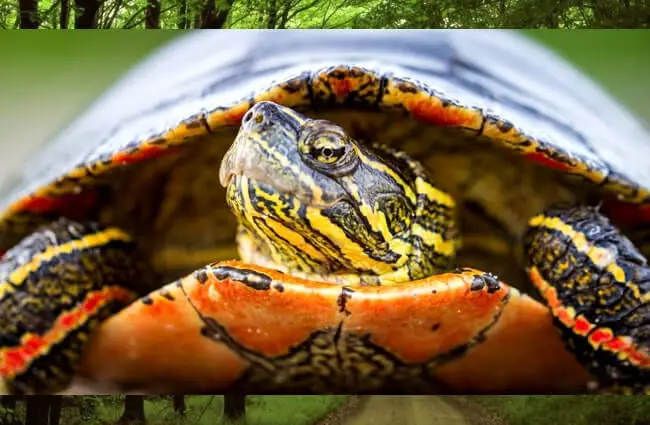


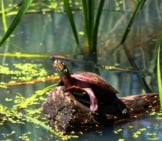

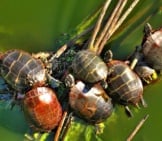

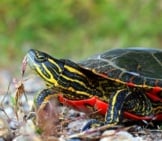
![Red Angus Closeup of a beautiful Red Angus cowPhoto by: U.S. Department of Agriculture [pubic domain]https://creativecommons.org/licenses/by/2.0/](https://animals.net/wp-content/uploads/2020/03/Red-Angus-4-238x178.jpg)












![Red Angus Closeup of a beautiful Red Angus cowPhoto by: U.S. Department of Agriculture [pubic domain]https://creativecommons.org/licenses/by/2.0/](https://animals.net/wp-content/uploads/2020/03/Red-Angus-4-100x75.jpg)

